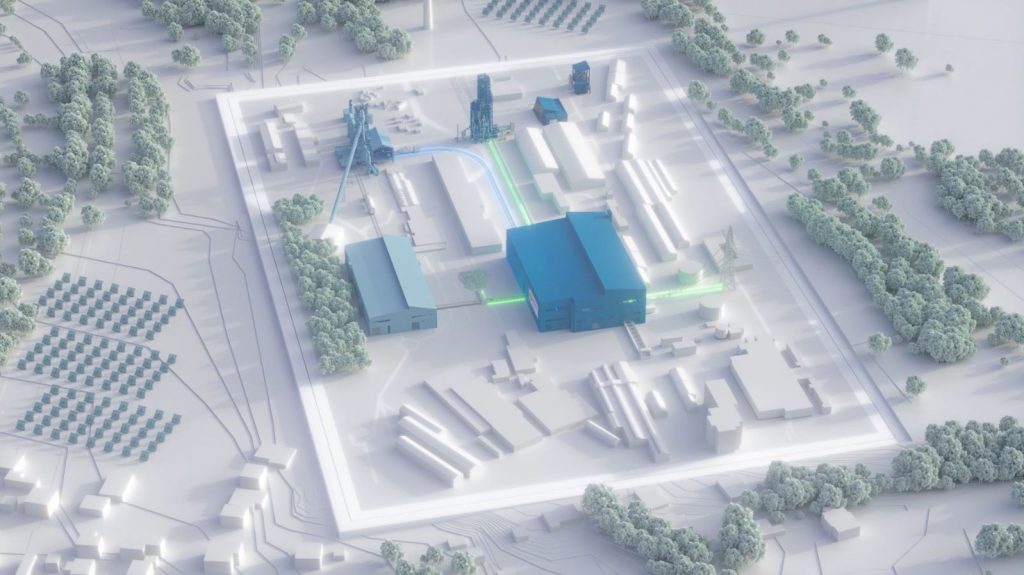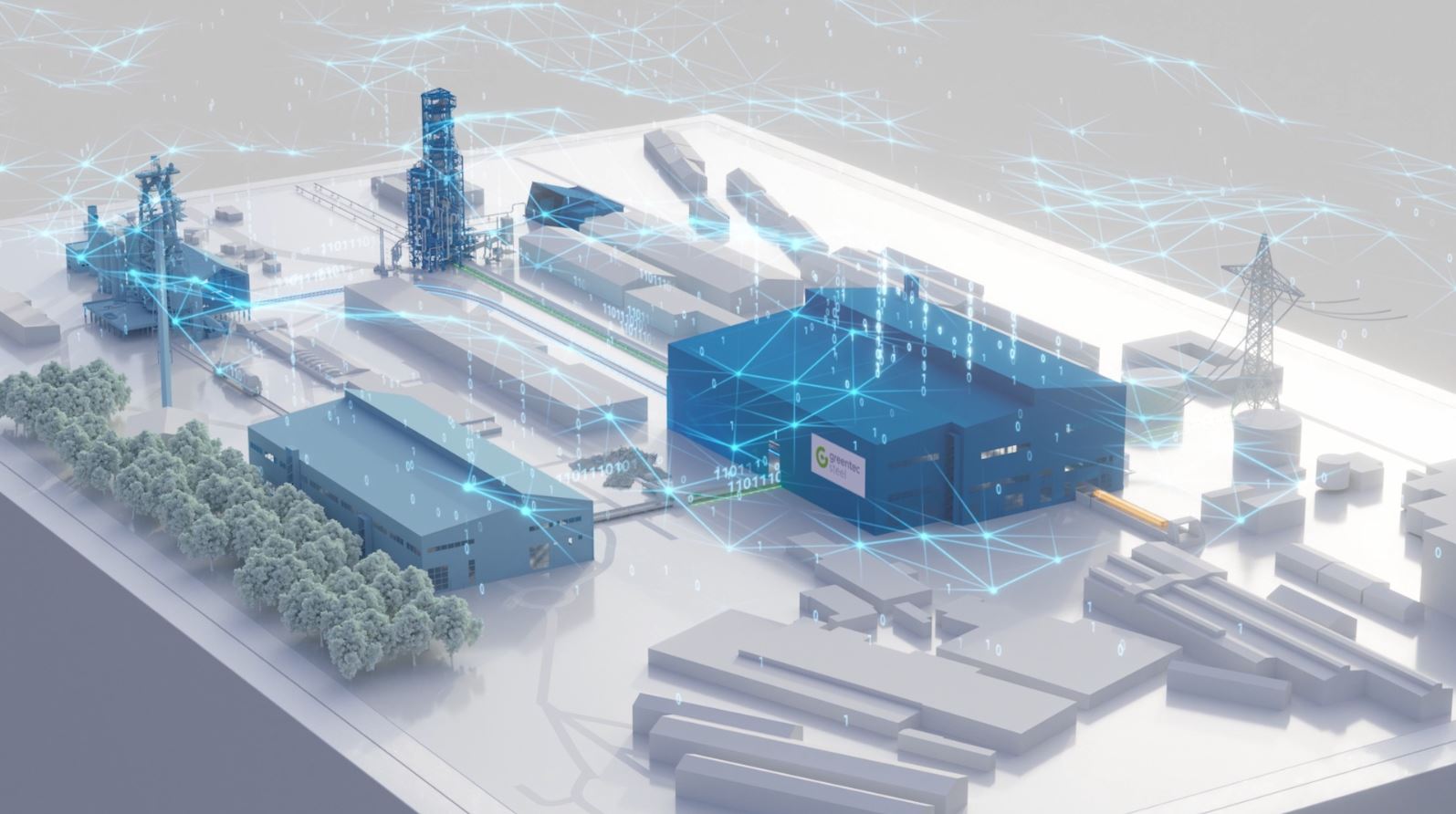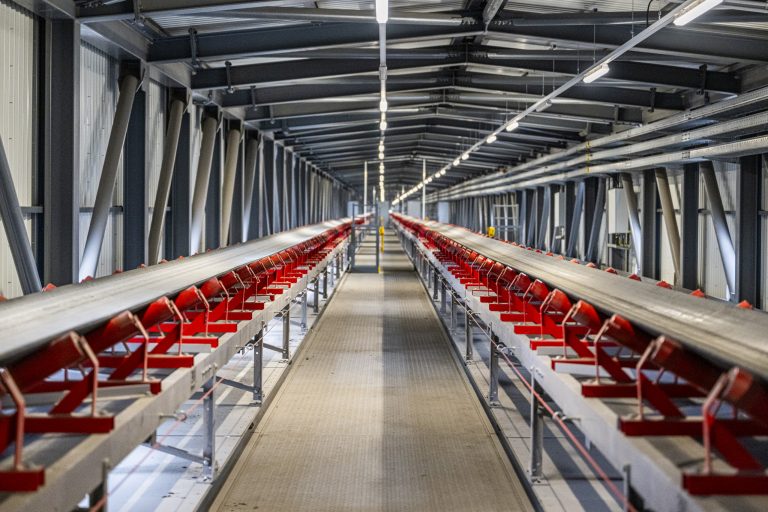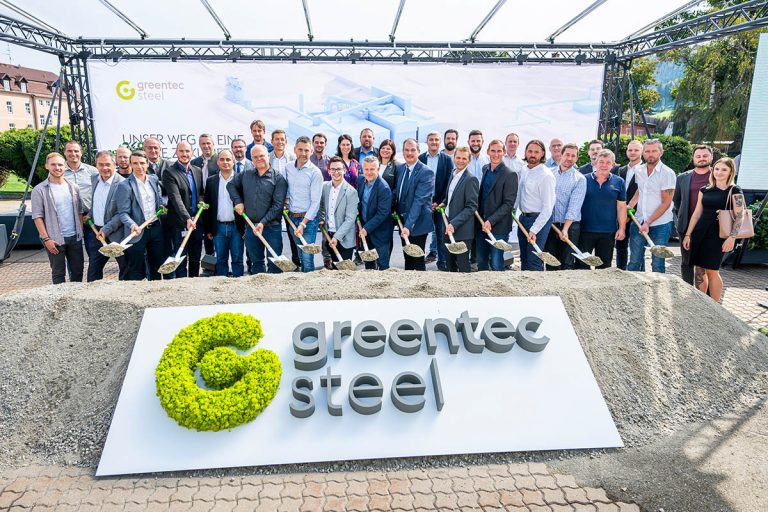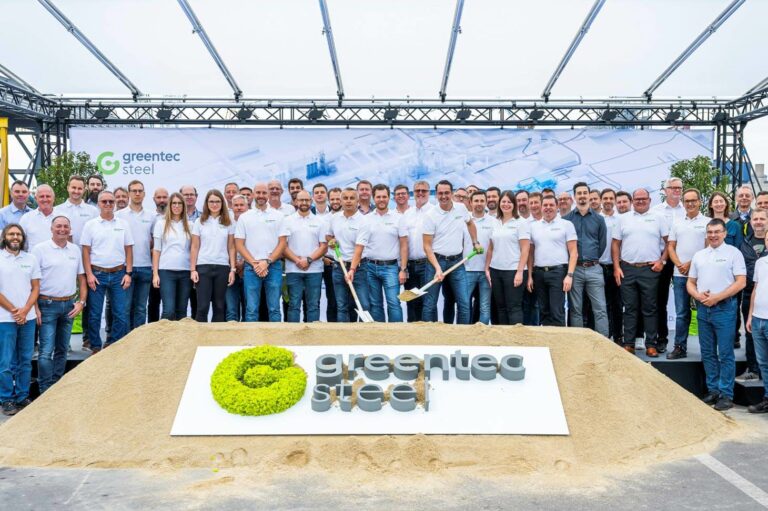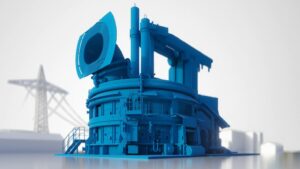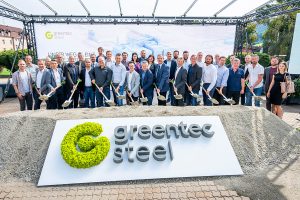Transformation steel production: Two routes will lead to high-quality steel
We are joining the trend to decarbonize steel production by going the electric arc furnace route. The basis for green steel is the pioneering technological transition from the blast furnace route to the use of electric arc furnaces powered by green electricity. Here we explain what will stay the same, and what will change.
- 14 Feb, 2024
- 5
